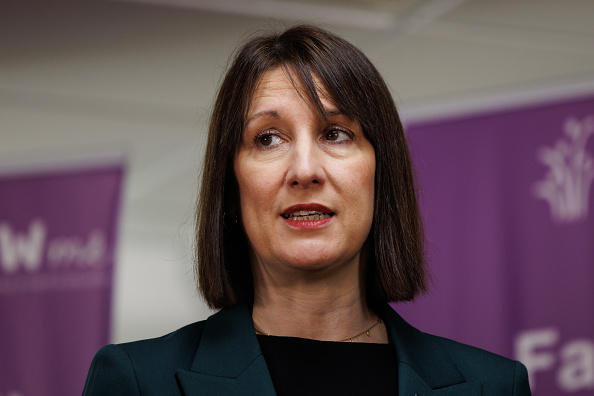The lure and excitement of New Year resolutions has traditionally meant that January sees a spike in new job applications, while it is widely considered that December and the busy holiday season translates into a lull in the job market. To put this to the test, job search platform Joblift has calculated the difference between demand and supply for jobs each month in 2017.
Interestingly, Joblift’s research shows that the festive month is the second best time to apply for a position, while January to April should be avoided in terms of application success.
June is the best time to apply, but the festive season should not be overlooked
According to Joblift, the best month to apply for a new role is June. The summer month saw the number of vacancies posted online (10.47 per cent) outnumbering the amount of users searching for vacancies (8.90 per cent) by 1.57 percentage points, meaning less competition in the application process.
Additionally, despite the assumption that December sees very little action on the job market, it was actually the second best month to submit an application in 2017. While it’s true that the Christmas month saw the lowest number of vacancies advertised (6.12 per cent), the open positions outnumbered online searches for vacancies (5.07 per cent) by 1.05 percentage points.
Similarly, November ranked as the third best month to apply, as lower searches (7.35 per cent) again meant that supply was 0.86 percentage points higher than demand on the UK job market (8.21 per cent).
The beginning of the year sees the most competition for applicants
Joblift’s studies show that the beginning of the year is the worst time to submit a job application with demand for positions far outnumbering the quantity of job postings. With 8.23 per cent in the number of vacancies and 9.73 per cent in the number of online vacancy searches, January saw the greatest negative difference of minus 1.5 percentage points, meaning the highest amount of competition for applicants.
February didn’t fare much better, with open positions (7.79 per cent) lagging behind the number of online searches (9.22 per cent) by minus 1.43 percentage points. As the third worst month to submit an application, April saw a difference of minus 0.57 percentage points, with 7.61 per cent in the number of vacancies, compared to a demand of 8.18 per cent.
March was slightly better with a difference of minus 0.07 percentage points between supply and demand; however, the month still saw job searches outnumbering number of vacancies. Noting this, it is possible to conclude that springtime is the least favourable time for job application success.






